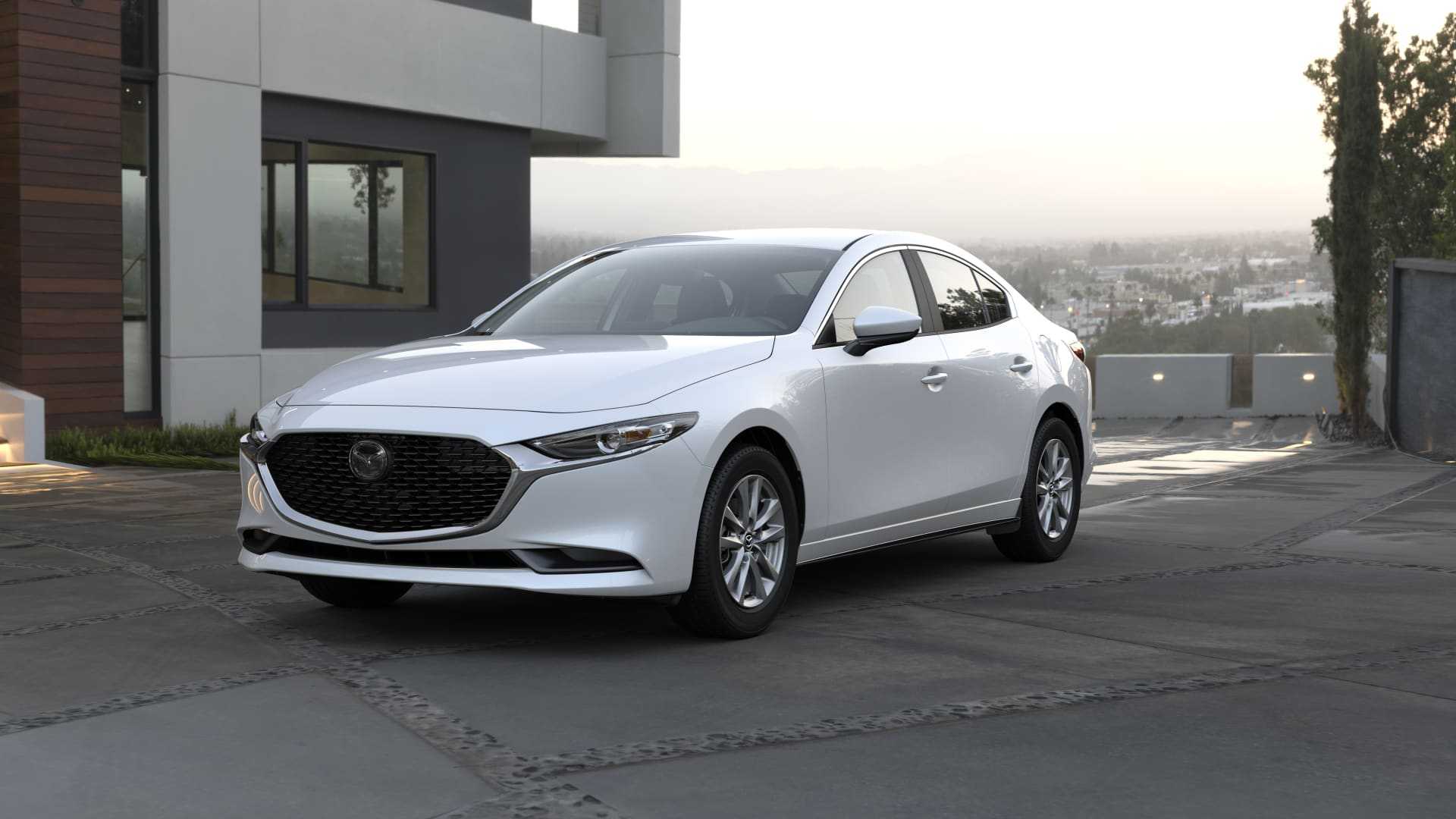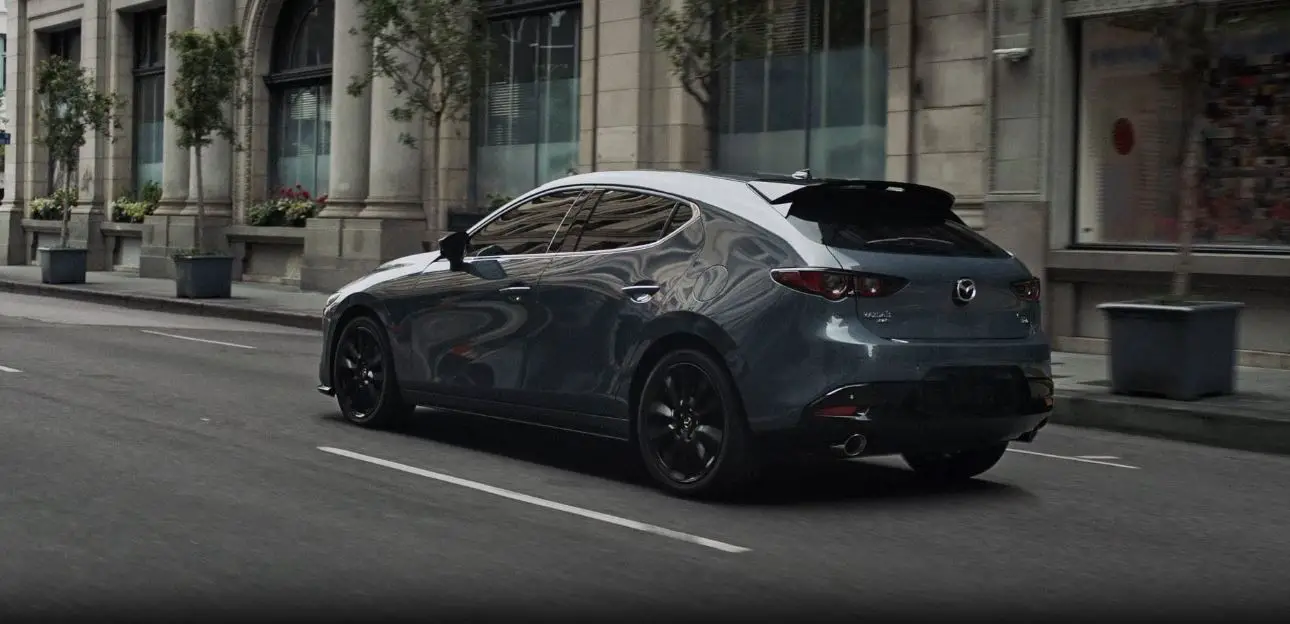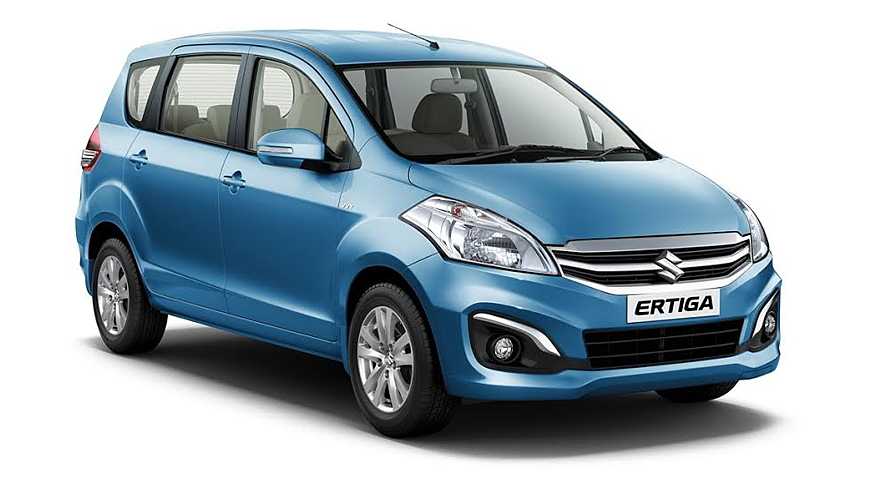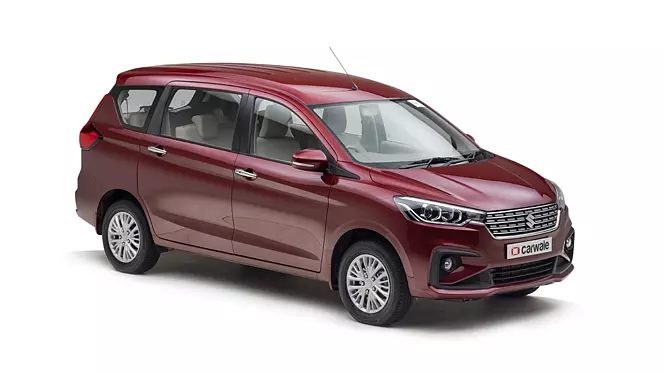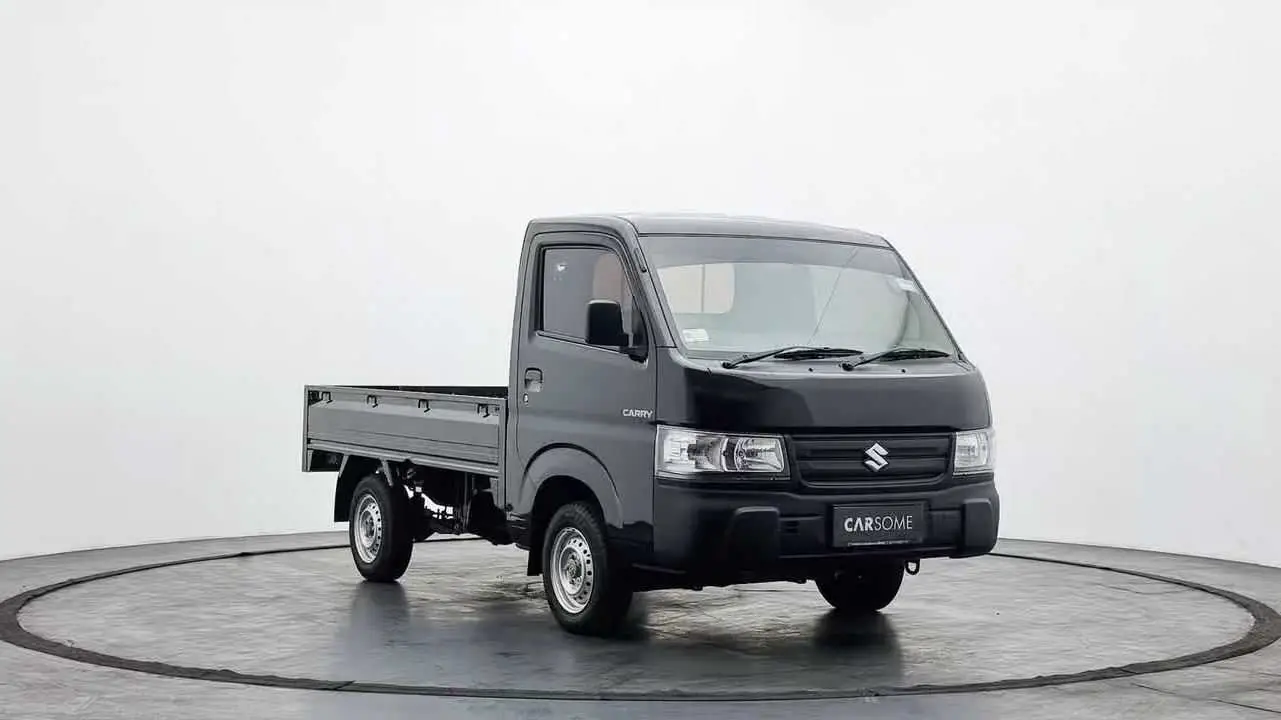Mazda 3 Sedan 2023 Driving Tips User Manual Introduction Familiarize Yourself with the Features: Take the time to explore and comprehend your Mazda 3 Sedan’s various features and controls. Knowing how to use these features, from the advanced infotainment system to the responsive driving dynamics, will improve your driving comfort and safetyAdjust Your Seating Position: […]
